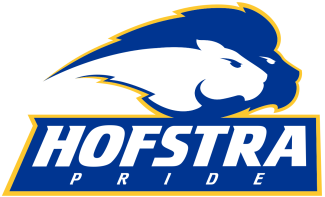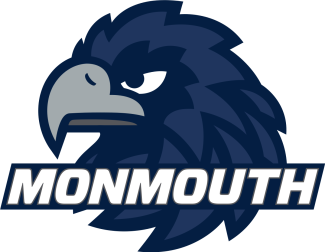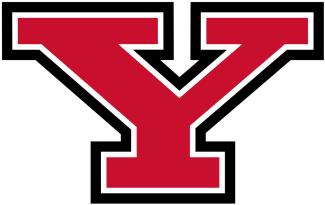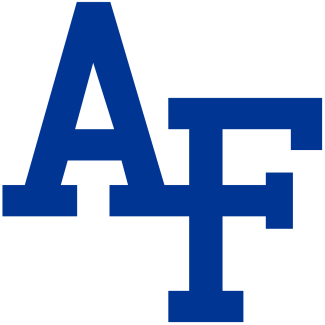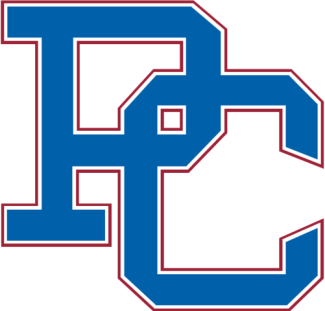Siedliski has seen the shifting tides of conference realignment, and more recently he was a key player in brokering the American coming on board. Along with administrators in the Southern Conference, Atlantic Sun and Big East, he helped formulate a plan to create four smaller conferences to gain access to automatic qualifiers for the NCAA tournament as opposed to housing their teams in larger leagues with fewer opportunities to the postseason.
Now, Siedliski’s task is to find team No. 6. Or No. 7 and 8. The American needs at least one program, and may end up with more, but time is of the essence. The NCAA will allow the AAC to retain its automatic qualifier in 2021 and 2022 as long as it stays at five teams. There needs to be at least six teams in time for the 2023 season to keep AQ status.
Siedliski admitted he had to smooth over some ruffled feathers this summer.
“We’ve got some really influential, tenured coaches in Mandee [O’Leary of Florida], Bonnie [Rosen of Temple] and Gina [Thomas of Cincinnati],” Siedliski said. “There are some coaches who were anxious to hear about the interpretation [of the AQ] and confirmation that it would remain.”
Meetings for all sports were held in Newport, Rhode Island, during football media days as it related to membership, and lacrosse quickly convened. Those meetings included the senior woman administrators (SWA) council to liaison ideas and strategies between lacrosse schools and the conference. Currently, the SWA council and athletic directors are allowing for a “slow simmer,” as Siedliski called it, to determine the next step. Of course, each decision includes affiliate members Florida and Vanderbilt, who have full voting privileges in lacrosse matters.
“We have all intentions of doing everything we can to lead this sport, strengthen it and support it,” Siedliski said. “We have every intention of having it in coming years. We have a great deal of pride in lacrosse and its members. We have a great deal of commonality with Florida and Vanderbilt. We’re excited about the future.”
The positive for the AAC is there are options in a sport that continues to grow as opposed to contract. The easiest solution is for someone within the core ranks of the AAC to add the sport, such as SMU or UCF. If that happens, it will likely come out of the blue, much like the formation of East Carolina’s program, which was announced in 2016 in time for the 2018 season.
SMU built a brand new lacrosse complex for its club teams in 2016 because of a donation from Gary T. and Sylvie P. Crum, who also financed the school’s basketball practice facility. Sylvie Crum is currently a board member for the US Lacrosse Foundation and the Crums’ three children each played youth lacrosse. Their son, Christopher, was a member of the club team.
UCF has a strong club program that regularly faces schools like Georgia, Florida State, Tennessee and Florida. The team has been a part of the US Lacrosse WCLA national tournaments in the past. Although Siedliski would put no pressure on any school to add the sport, timing is critical and he’d like to fast-track it, if possible.
“It’s still being kicked around on campuses,” Siedliski said. “We hate to use the term deadline. We have some consequential meetings in January and March. People are trying to get institutional answers out of [athletic directors and presidents]. We’d love to be at six soon and not wait until 2023. We don’t have a viable solution at this time, but we’re efforting toward it.”
A quick solution does exist and mostly falls into the category of commonality Siedliski is considering, Football Bowl Subdivision-level schools. The AAC could invite the Mountain Pacific Sports Federation programs — Fresno State, San Diego State and UC Davis — into its fold.
The MPSF lost its AQ in 2018 when the Pac-12 was formed, Denver went to the Big East and Saint Mary’s dropped the sport. The schools play a round robin and have yet to latch on to another conference.
“I’d hate to give an answer that’s misleading,” Siedliski said about adding the California schools. “There are only so many available independents. It does present challenges based on geography. I don’t know if it’s a worst-case or best-cast scenario. We know that it exists. We’re still trying to figure out what the best piece is.”
There is precedent for the American to include San Diego State. The Aztecs are affiliates in women’s rowing, which participated in the AAC championship in Pennsauken, New Jersey, with fellow affiliate Sacramento State and five AAC schools. Going back to 2011, San Diego State was poised to join the Big East (pre-American) as a football-only member. Ultimately, San Diego State kept all its sports in the Mountain West in 2013, as the Big East football schools rebranded into the AAC.
Both San Diego State and Fresno State fit the mold of FBS schools, while UC Davis plays at the FCS level. Siedliski also wants to keep the league at an even number, if possible, so as to avoid a bye week. He was careful to point out the American would not be raiding anyone’s current all-sports conference to fulfill the six-team requirement. The three California programs could potentially bring the American to eight squads.
Additionally, Siedliski said, the AAC would not bar UConn from any of its conference championships like other conferences have done to departing members in the past. Notably, the CAA denied the Penn State men from playing in the 2014 conference tournament because of the Big Ten’s lacrosse formation which was set to begin in 2015.
“[The Huskies] still have full membership and access to our championship,” Siedliski said. “Our leadership has never felt they should take that opportunity away from the school.”
Despite UConn announcing its intention to join the Big East, optimism remains among the coaches and conference office as they reflect on the 2019 season with a keen eye to the future.
“We had a fantastic inaugural season of the American Athletic Conference,” Temple coach Bonnie Rosen said. “The competition was great and the rivalries continued to build. With a six-team conference, every game and every weekend mattered in determining who will make the tournament and how the seeding will go.”
In Temple’s case, UConn is the only bus trip in the league full of flights. Now the Owls’ closest rival is Cincinnati, approximately nine hours and 573 miles away.
For a program like Cincinnati, which struggled in the Big East and never made a postseason tournament, it was an opportunity to start fresh.
“I was excited to start a new tradition within our program,” Thomas said. “It was good to have some different goals for our program and our team.”
And the Bearcats had arguably their best season in 2019, winning their first four conference games to clinch a spot in the conference tournament and compete for the American regular -eason title at Florida. As hosts, Cincinnati won its first postseason game (over Temple) and made the conference final in a rematch with the Gators.
“It was a great milestone,” Thomas said. “It was starting a new tradition and standard in our conference in building this program… It sets our standard of trying to be the class of our league. I say to recruits and our team all the time, ‘If we’re competing in the championship game against teams like Florida, we’re doing our job.’”
After the season, some of that positivity was halted by UConn’s conference announcement.
“It was bittersweet,” Thomas said. “I know the coaches really well. They have a solid program there.”
That doesn’t mean Cincinnati or Temple won’t schedule UConn in the future. For Rosen, it has to make non-conference sense.
“I would certainly consider scheduling them in the future,” Rosen said. “But it would need to fit our non-conference game scheduling philosophy. While UConn's departure was unexpected, I do recognize that with change always comes opportunity, and I look forward to our conference membership continuing to grow and expand.”
And there is one thing that Thomas won’t be sad to see go.
“I’m not going to miss going to Storrs,” she joked. “It’s not a pretty place to go to. Only if it’s a neutral-site game. I’m not sure that Katie [Woods] would want to come out here either. It’ll be interesting to figure out within our conference who will match that competitiveness and intensity and build the RPI and standard of our conference.”





